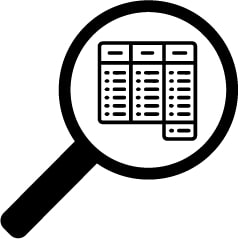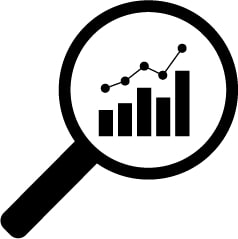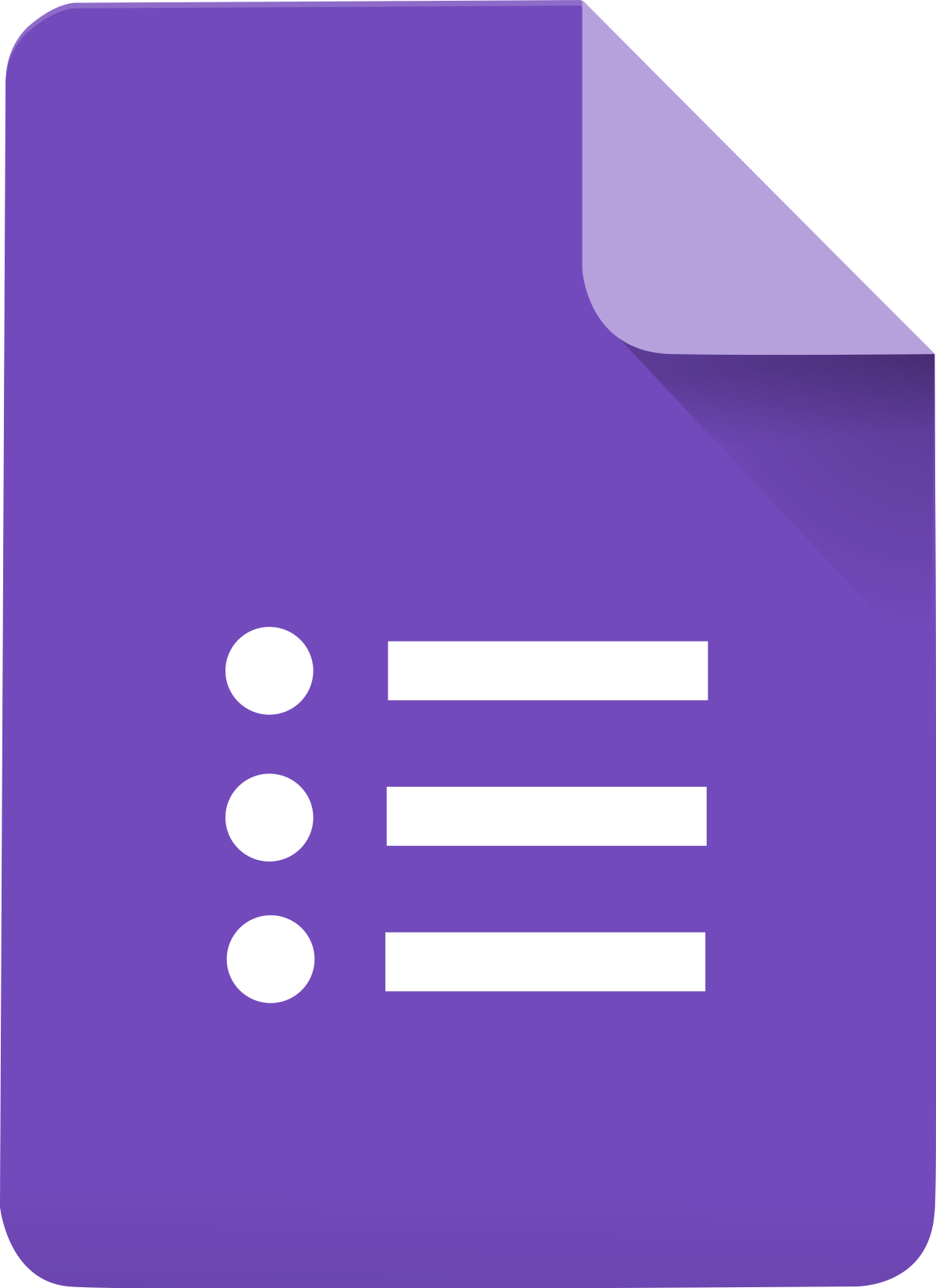My NASA Data (MND) recognizes the importance of data literacy, especially in the Earth Sciences because data are the foundation of science. But what does data literacy look like?
Educational Resources - Search Tool
The My NASA Data Literacy Cubes guide students’ exploration of graphs, data tables, and mapped images of NASA Earth science data (or other sources of Earth data). Leveled question sheets provide opportunities for students to connect with data, regardless of language proficiency or academic skill.
Our Data Literacy Cube Page (and supporting resources) have been updated! The new resources include only 1 cube for all three (maps, graphs, and data) Question Sets, Lexile levels, and addresses WIDA standards for multilingual learners!
Use the Data Literacy Cube to guide students’ exploration of data to enrich their observations and inferences. This is a flexible resource that may be used with a variety of graphical representations of data. This activity requires a graph for students to evaluate. Fo
Use the Data Literacy Cube to guide students’ exploration of mapped data of the Earth System to enrich their observations and inferences. This is a flexible resource that may be used with a variety of mapped images. This activity requires a map of Earth data for students to evalu
This Lesson Plan provides some generic maps, graphs, and data tables for use with the Data Literacy Cube. Because this is a differentiated resource, it is appropriate for multiple grade bands.
In this mini lesson, students use in-water profiles of historical ocean data to analyze how sea surface salinity varies with depth.
Exploring salinity patterns is a great way to better understand the relationships between the water cycle, ocean circulation, and climate. In this mini lesson, students analyze sea surface salinity mapped plots created from the Earth System Data Explorer, paired with questions (and answers) from the Aquarius Mission. Credit: Aquarius Education
Students observe seasonal images of Monthly Normalized Difference Vegetation, looking for any changes in vegetation that are occurring throughout the year. They put the images in order based on what they know about seasonal changes.
Students analyze four data visualizations focused on the topic of sea level. They use a jigsaw method to explore and communicate their findings to their peers.





 Grade Band
Grade Band
